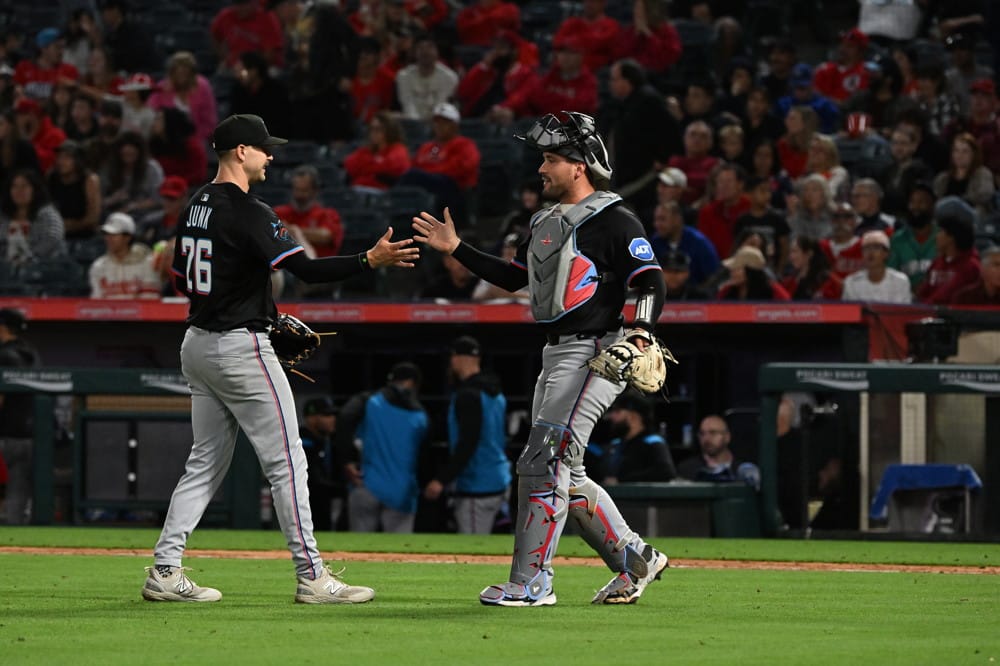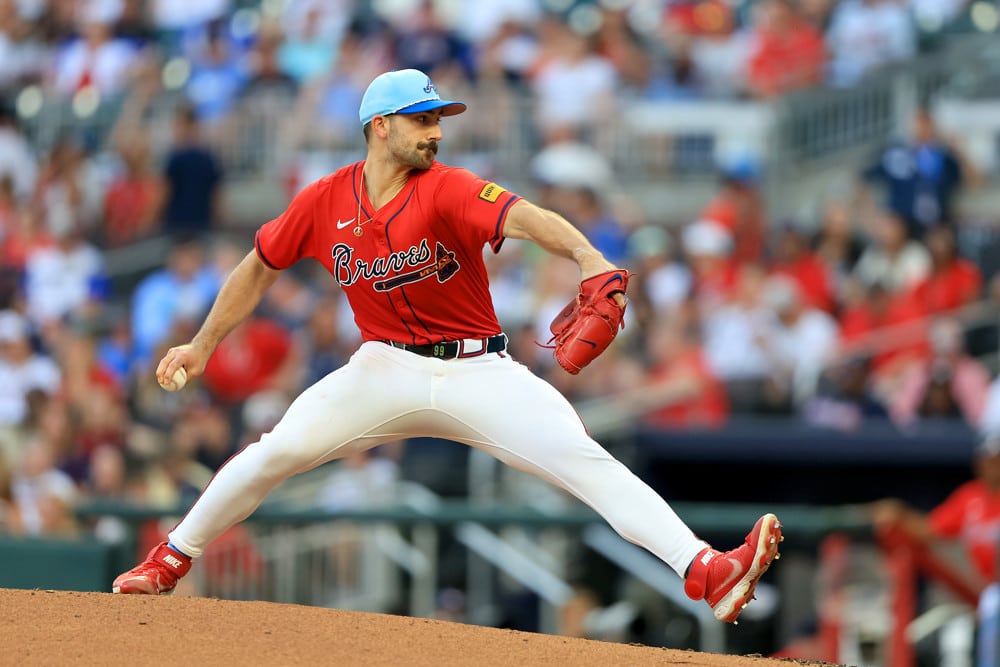I’ve always found it fascinating to witness some of the intricacies behind the passions in others. When the unexpected catalysts are in fact the mechanism behind one’s drive toward achieving the goal of their ultimate “perfect” picture at the end of an ever-brightening tunnel. All among the majority believing one’s goal to be driven by surface value, when in actuality it’s the perfection to the gears that grind within that make the machine an art form to the engineer.
I hate to rain on that inspirational picture beginning to form in your head, but truth be told, that’s a hell of a lot like Stacking is for me with Daily Fantasy Baseball. Despite my love for baseball through the years growing up, later upon clumsily diving into the world of DFS through the inevitable gateway drug of NFL’s prescription, the baseball side of achieving profitable fun seemed insurmountable with the rather highly unpredictable nature of performance in the sport. Randomly selecting name-sake players seemed encouraging at first (when having no clue in regards to what a successful approach requires), but never resulting in anything aside from discouraging losses and walking away without any real knowledge gained due to the aimless approach.
Years later when I started taking DFS more seriously, I discovered the strategy of stacking. And it was then that I was immersed for good with Daily Fantasy Baseball. To get a grasp on that for a newcomer to the game, you’ll need to understand the purpose of stacks, an overview of what different stack types look like, and also the mentality behind Game Stacking.
Purposes of Stacking
As it’s not entirely necessary to implement stacking when it comes to your roster construction in MLB DFS, I personally find the strategy behind stacking as the anchor to your roster construction to be optimal for success. This is because of its reasonably structured focus and the fact that much of the prominence in fantasy production on offense stems from multiple players in the same batting rotation teeing off on a particular pitcher(s) and generating a string of symbiotic production amongst each other (occurring in an unthinkable amount of ways). To assume this storytelling in your gameflow requires a purpose and a reason behind your angling within a roster, and it comes come from a variety of directions.
My particular favorite reasoning is specifically that which I mentioned above: targeting a certain pitcher or two, typically who are appearing to be popular chalk plays for the day (the contrarian in me likes to get a bit too risky at times with whom I select). And should the challenge turn out for my greater good, it often pays out surprisingly well due to the massive population of ownership in that said pitcher who also of course did not have the successful opposing batters who shelled him (and you did)…so that tips some scales, I’ll tell you.
Another favorable reasoning would be to stack the heart of a lineup where the studs on a team are sequenced to pack a series of punches, or [in a loose reference to the 1927 Cardinals] a “Murderer’s Row”. Predominantly these are arranged between the 2-6 spots in a batting order, ensuring the biggest of the beasts are in prime position to bring loaded bases home. Keep in mind however, the pricing in players will of course be inflated by this projected vantage point (and especially any star powered name included) so you’ll want to keep your roster balance in mind here.
You can dig a little deeper in your forecasting and piece together specific players in a rotation based on their similar strengths shared against a pitcher who’s been past suspect against such. This could range from the handedness of these players, or their success rates against that pitcher’s types or style. You could also just be picking the players on a roster who’ve had past success against that pitcher.
A very popular approach to stacking takes favorable consideration to park and locational elements that promote a high over/under, which in turn produces the ideal to what’s known as Game Stacking. An extreme textbook example of this would be the home of the Colorado Rockies in Coors Field, where the air density is so thin due to the extreme altitude that the ball travels further since there are fewer air molecules in its path to slow it from scoring you fantasy points.
Types Of Stacks By Number
With eight being the number of roster positions you have to fill for the offensive side of your DFS roster on the major host sites, there are of course several ways you could go about stacking. A brief look at this without getting crazy in explanations…
- 2
- 2-2
- 2-2-2
- 2-2-2-2
- 2-3-3
- 2-3-2
- 3
- 3-2
- 3-3
- 4
- 4-2-2
- 4-3
- 4-4
- 5-2 (select sites)
- 5-3 (select sites)
…and with any of the sequences that don’t total to eight players, the remainder would be comprised of individual batters from separate teams (aka: one-offs). I would first and foremost look to evaluate the slate size and see the number of spots you would like to target and how you can feasibly approach them depending on the number of your invested entries.
The success tier reached by lineups assembled with eight individual Hail Mary’s can actually be very high, but the result is most often belonging to someone behind lengthy calculations and time invested doing such (among other things). The level of luck involved with that has to also be particularly favorable, as variance is among the toughest things to project with baseball. Stacking tends to nerf this variance a bit for you and adds a more probable rate of production in regards to a lineup cashing out.
Game Stacking
The nature of Game Stacking extends an olive branch to the whole mentality of stacking and essentially goes all-in on a single game within this approach. Most commonly the desire to chase this notion is derived from the geographical reasoning I mentioned earlier in this article. Another factor that plays into the locational favoritism is also humidity, which actually lowers air density and allows the ball to travel further.
Game Stacking strategy can also be a component of two awful pitchers squaring off, in hopes that both starters get left in the game as long as possible to cough up fantasy points like a compromised slot machine. You can often find a 5-2 or 5-3 efforted dive when approaching roster architecture with these gameflow-laden hopes.
There’s even the straightforward blitzkrieg on ownership leveraging and truly walking the plank of sports gambling by intentionally game stacking around the threat of potential weather delays or postponement, most especially when that game features two marquee fantasy juggernauts going head-to-head. You’ll be assured to have an entire roster of players far beneath 5-10% ownership, and if the game actually happens to play on while positive numbers hit the box score, then you’ll be a lonely soul on a richer island.
While I’ll never discourage a remotely conceivable effort in being different with your daily fantasy rosters, you do have to keep the flotation device of reality in arm’s reach because you can easily drift off into an abyss of gameflow possibilities and improbable storytelling with your roster construction. But if you buoy your lineups to some semblance of stacking, you can rest assured that you’ll stand a higher likelihood of standing in the green by slate’s end.






















